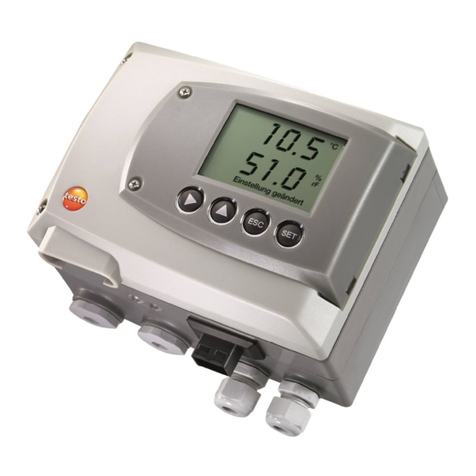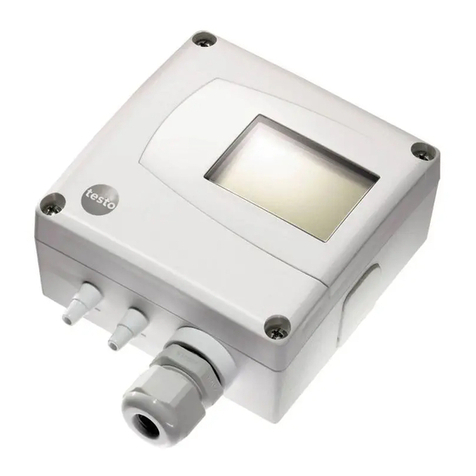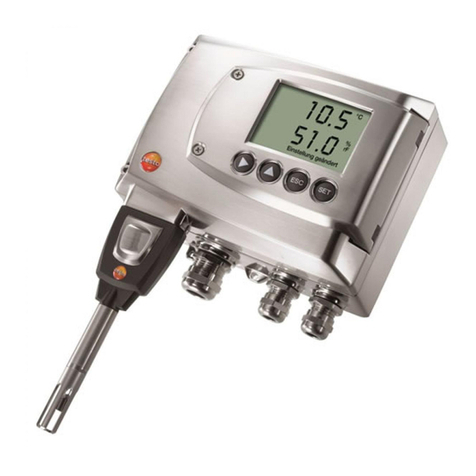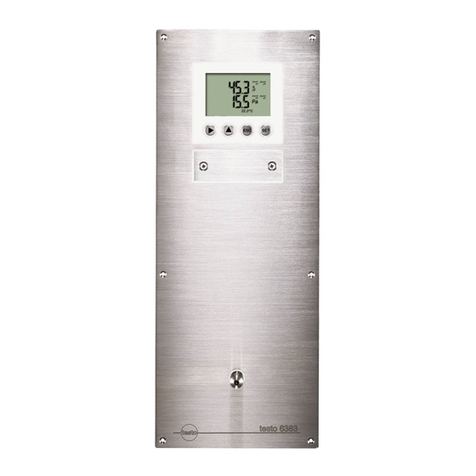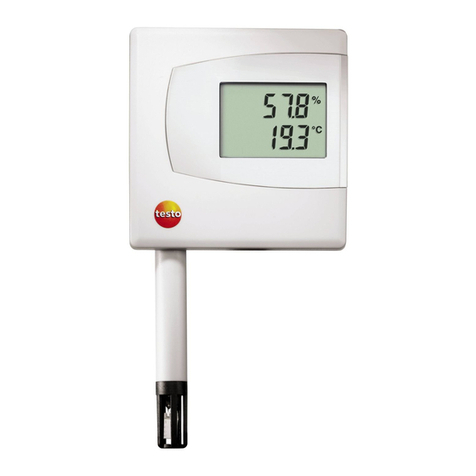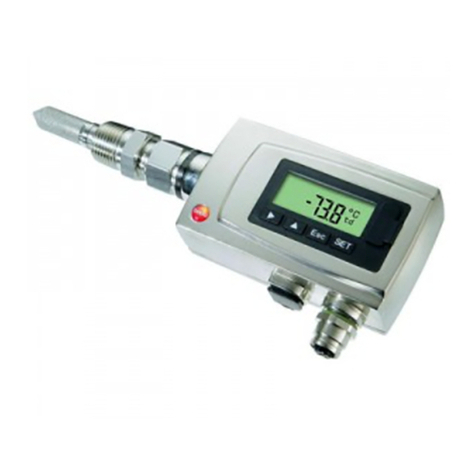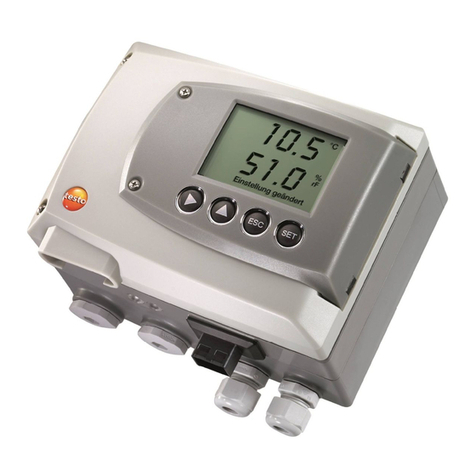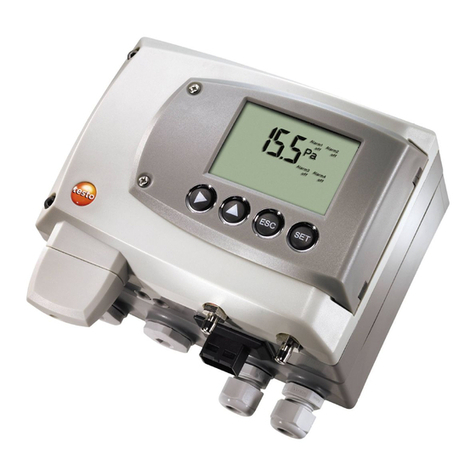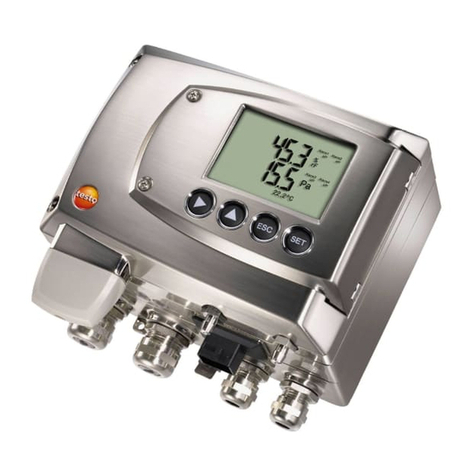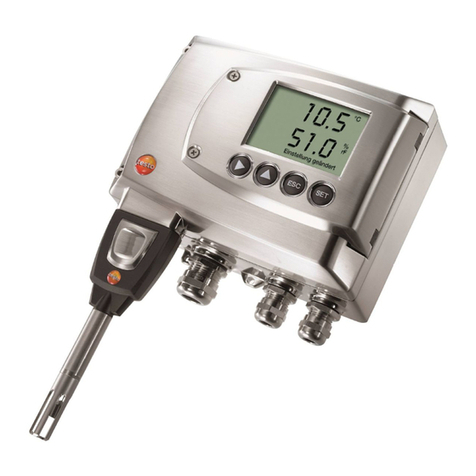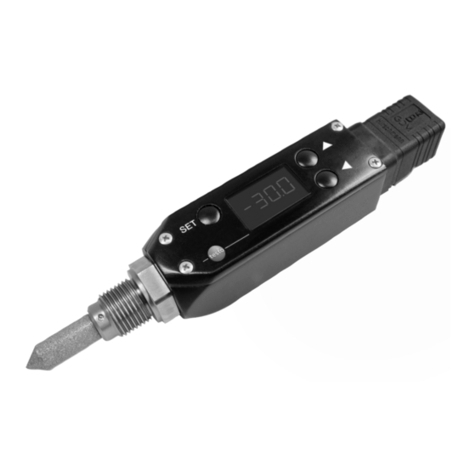
Contents
1TRANSMITTER............................................................................................6
1.1 Specifications...........................................................................................6
1.1.1 Functions and use.......................................................................6
1.1.2 Scope of delivery ........................................................................6
1.1.3 Accessories.................................................................................7
1.1.4 Technical Data............................................................................7
1.1.5 Dimensions .................................................................................8
1.2 Product description..................................................................................9
1.2.1 At a glance ..................................................................................9
1.2.2 Usable probes...........................................................................10
1.2.3 Display and keypad...................................................................10
1.2.4 Service interface .......................................................................10
1.2.5 Relay board (option) .................................................................10
1.2.6 Analog outputs ..........................................................................11
1.2.7 Parameters ...............................................................................12
1.2.8 Scaling ......................................................................................12
1.2.9 Alarm handling ..........................................................................15
1.3 Commissioning ......................................................................................16
1.3.1 Assembling the instrument .......................................................16
1.3.2 Connecting the instrument........................................................19
1.3.3 Adjusting the instrument ...........................................................31
1.4 Operation ...............................................................................................41
1.4.1 Relationship between user menu and mini-DIN socket is active
..................................................................................................41
1.4.2 Key cover ..................................................................................42
1.4.3 Password protection .................................................................43
1.4.4 Structure of user menu .............................................................43
1.4.5 Overview of the testo 6681 user menu ...........................................45
1.4.6 The individual main menus .......................................................47
1.5 Status, warning and error messages.....................................................59
1.5.1 Status messages ......................................................................59
1.5.2 Warning messages ...................................................................60
1.5.3 Error messages.........................................................................62
1.5.4 Handling alarm messages ........................................................63
1.5.5 Namur fault conditions ..............................................................65
1.6 Maintenance and cleaning.....................................................................66
1.6.1 Maintaining the instrument........................................................66
1.6.2 Cleaning the instrument............................................................66






